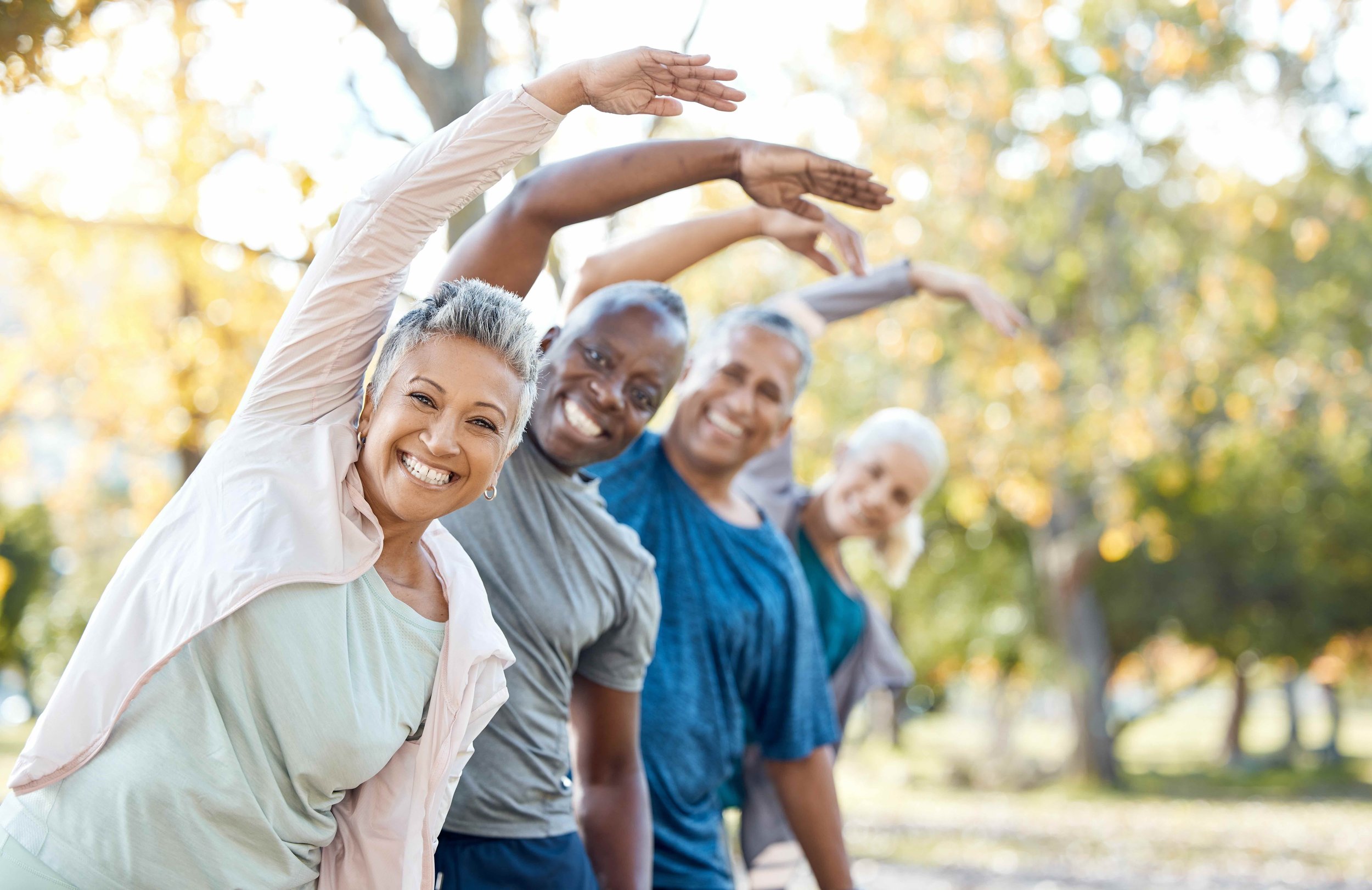Are limiting beliefs about aging holding you back?
It’s common to hear people blame their achy bodies on getting older, but not everything can or should be attributed to age—especially if you’re in your mid-twenties! Our bodies do change as we get older, but often there's more to the story.
When a new client cites age as the reason for their body pain, I dig deeper. I ask questions like:
Have you started or stopped any activities?
Have you gotten a new work chair, mattress, pillow, or desk?
Have you changed any part of your routine, like getting a puppy, traveling, moving, driving more, or biking to work?
Inevitably, the answer to at least one of these questions is yes, leading to further investigation. Sometimes, body pain is directly related to a change in life.
For example, a friend of mine complained of shoulder pain and was told it was due to aging—at the age of 40. During our conversation, she mentioned starting tennis and holding her clingy daughter more often. I suggested these activities might be the cause, not her age. After seeing a recommended practitioner, her shoulder improved with manual therapy and exercises. Ignoring the initial advice, she found relief by addressing the actual source of pain.
I’m not denying that aging affects our bodies or that it might be a source of pain. In Chinese medicine, frozen shoulder (adhesive capsulitis) is even referred to as "50-year-old shoulder" because it typically affects menopausal women. But before blaming age, we should consider other factors.
Take my mother, for instance. Gardening became difficult, and squatting was almost impossible. While wintering in Arizona, she started using the gym regularly. After a few months, she could squat fully and saw muscle development in her quadriceps. Encouraged, she bought a home gym and now works out daily. She gained enough strength and stamina to garden without issues and even joins the family on hikes again.
Aging can affect balance and proprioception partly because we stop challenging it. Proprioception, our body's ability to sense movement and equilibrium, is a "use it or lose it" skill. Fortunately, it can be regained. Simple exercises like standing on uneven surfaces, walking barefoot, balancing on one foot, or squatting with eyes closed are effective ways to challenge proprioception.
I’m reminded of when my son asked if I could do the monkey bars. Confidently, I said yes—but couldn’t. Turns out just because I could when I was 10 doesn’t mean I still can! Determined, I practised every time we went to the park, observing the kids and mimicking their body swing and momentum. By summer’s end, I could do the monkey bars again. Proprioception, like monkey bars, improves with practice.
Me at the beginning of my monkey bar journey!
There are inspiring stories of people achieving new physical heights as they age, like Mariko Yugeta, who set marathon records in her 60s:
2:58:15 at 58
2:59:15 at 60, becoming the world record holder for W60
2:52:13 at 62
Her continual improvement is remarkable. While not everyone will run marathons, it's crucial to envision the life we want in our later years and work towards it.
"Future proofing" your body means building strength and health while young to stay strong, mobile, and cardiovascularly healthy as you age. If your muscles are at their peak now, you’ll have reserves for later.
Put in the effort now and enjoy the rewards later. Don’t we all want to be the ones dancing, playing sports, and having fun with the younger generations well into our twilight years?
We are a multidisciplinary clinic located in Kitsilano near Broadway and Arbutus, offering a range of services including Massage Therapy, Acupuncture, and Reiki.
We would like to acknowledge that we live and work in Vancouver and Kitsilano which is located on traditional Coast Salish territory. The land that is currently known as Kitsilano has been shared by the xʷməθkʷəy̓əm (Musqueam), Sḵwx̱wú7mesh (Squamish), and səlilwətaɬ (Tsleil-Watuth) peoples since time immemorial.








